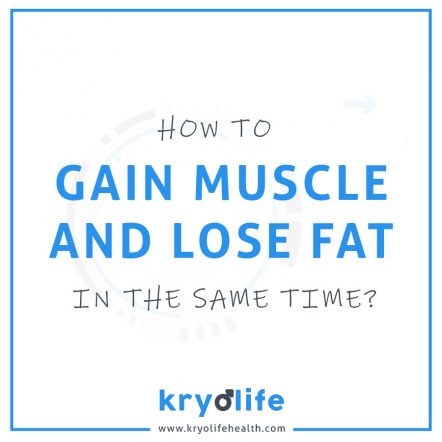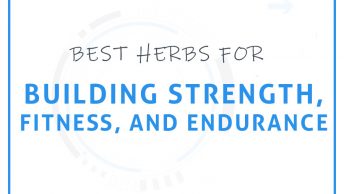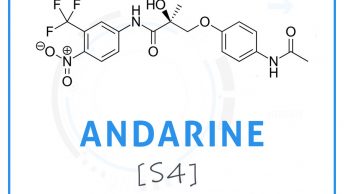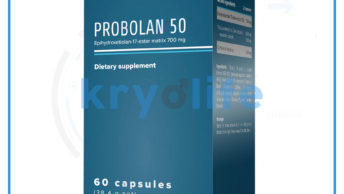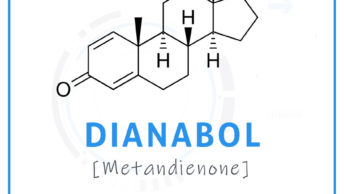Quick summary
- Gaining muscle and losing fat simultaneously is a challenging task that requires careful planning and a balance between calorie restriction and protein intake.
- Maintaining a 40-40-20 ratio of protein, carbs, and fat in your diet, along with incorporating compound exercises like the “big three,” can help achieve this balance.
- Superset workouts, active rests, and load all the protein you need are also effective techniques to gain muscle and lose fat simultaneously.
- Creating a routine that fits all of these changes is necessary for success, and progress tracking can help monitor the rate and degree of muscle gain and fat loss.
The relevance of this topic is still unclear for some of our readers.
Don’t worry; once you go through the first section, you will understand why fat losing and muscle gaining are clashing, and what’s makes it a challenging job.
The majority of the newbie weight trainees aim of two things, either losing some excess fat or to gain some muscles.
But as soon as you graduate to the intermediate or advanced level, this basic gaining/losing strategy is no longer the key for bodybuilding.
‘Defining the physique’ is, in fact, the critical, glamorous, and challenging part in the bodybuilding segment.
Not only bodybuilding but all of the sports also have a specific requirement and norms in maintaining the fat: muscle ratio.
For example, a sprinter prefers a lean body with well-built leg muscles for aerodynamic reasons, whereas a short-put athlete prefers some body mass with upper body strength and sudden outburst of energy.
So, in this topic, you will explore some of the methods, tips, and tricks that will help you gain muscles and lose fat simultaneously.
Without further ado, let us move straight into the topic with a little explanation between the connection between two and why this is challenging.
Read more: How Fast Can You Build Muscle Naturally?
What is the connection behind gaining muscle and losing fat?
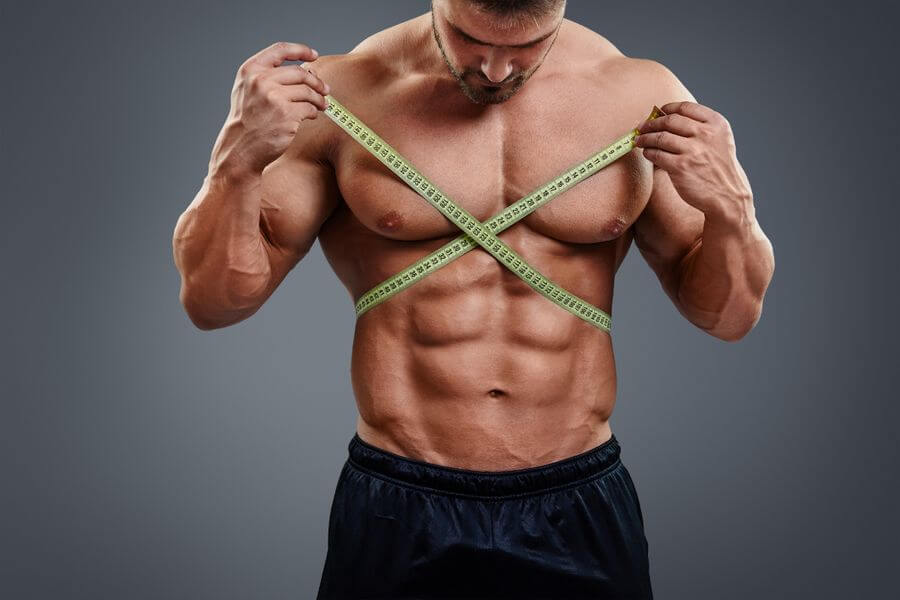
Well, this concept of gaining muscle and losing fat1 at the same time is a conflicting science, and in your first thought, even the logic doesn’t seem right here.
Simply put, for your body to lose fat, there needs to be calorific starving such that the body starts to break down fat and use it for metabolic functions.
At the same time, gaining muscle is all about having a surplus of calories, and this extra calorie gets converted into energy, which is used for building muscles and repair the body.
Now let’s put things into perspective.
You want calories to build muscles2, and at the same time, you don’t want to store any of it in your body.
When you consume food, the calories basically comes from three sources, namely carbs, fats, and proteins3.
Carbs are easy to break down and are mostly used for immediate energy expenditures, while fat becomes the second preference and gets stored in reserve.
Protein, on the other hand, goes into muscle building and other metabolic activities.
To achieve both results simultaneously, one has to cut short existing carbs intake and do more workouts so that muscles start extracting calories from the fat reserve.
However, maintain protein levels to the required minimum is essential for muscle construction.
There is a delicate balance between the amount of fat and carbs you need to take in order to achieve this effect.
Let us explore some of the techniques that will help us achieve this fine balance.
How to gain muscle and lose fat simultaneously?
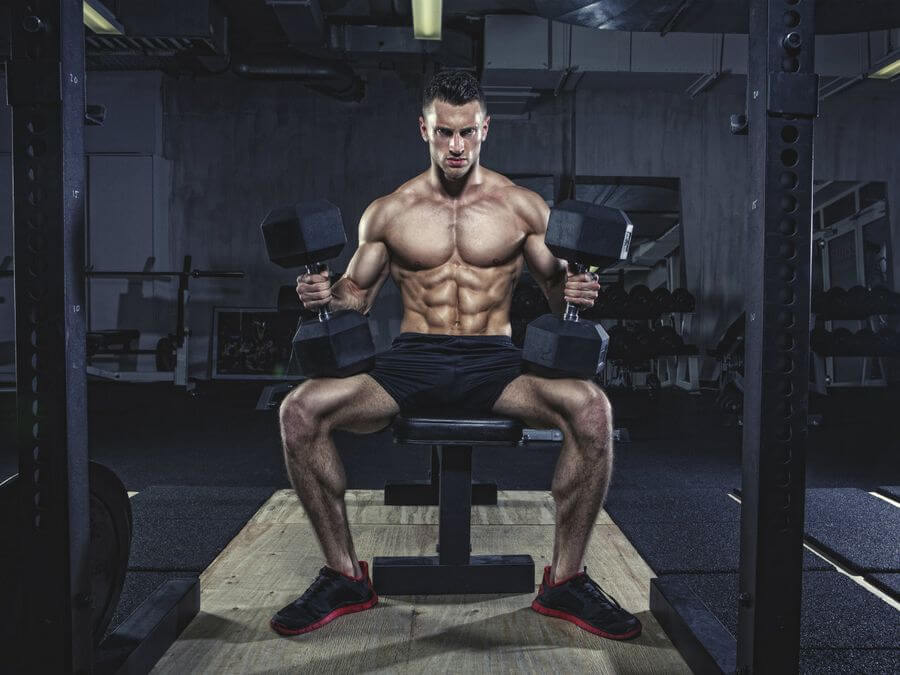
1. Superset workouts for opposite muscles
The potential problem with cut shorting calorie intake is that muscles can lose strength and stamina.
This is just a starting, and when you progress further you will notice a reduction in muscle mass.
An effective way to stay prime in the calorie-restricted diet is by exercising supersets using the opposite set of muscles.
Here the opposite set of muscles means doing biceps & triceps, chest & back, quads & hamstrings, back to back, which will help you maintain muscle strength.
Adding active rests is also advised in order to maintain the heart rate in the effective zone, and active rests mean you will be engaged in 30 ~ 60 secs of rope jumping, box squatting, or step-ups.
Only after completing the active rests does a person take full-body rests for a minute or two.
During active rests period, the body would burn through all of the glycogen reserves and thus helps in the process of fat burning.
2. Load all the protein you need
For muscle development, proteins are one of the most crucial nutrients required, and it doesn’t matter if you are burning fat or gaining muscles.
In the sequence of nutrient expenditure for energy, protein is the last preference by our body.
There are a lot of protein monomers (peptides) involved in the active signaling process in our metabolism, and some of these peptides are very crucial growth factors that have a massive role in de-novo protein biosynthesis, muscle repair, muscle growth, and hundred other processes.
So, creating a deficit of protein is not a good idea if you want to simultaneously gain muscle and lose fat.
t will be challenging to acquire the daily protein requirement for a bodybuilder just from the diet, while you are cut shorting carbs and fat.
Protein isolates and BCAA supplements are a great choice to keep up with the protein requirement.
3. 40-40-20
These are golden numbers to make this strategy work. Simply put, it means your diet must consist of 40 percent protein, 40 percent carbohydrate, and 20 percent fat.
Carbohydrate cycling has to be done effectively such that the body will be calorie deficit and start using fat without hindering the muscle-building process.
A person must have a precise estimation regarding his/her daily calorie needs, which can be calculated by multiplying your body weight (in lbs.) to a factor of 15.
That means if you are a 150 pounds heavy athlete with an active lifestyle and a heavy workout plan, then you need to load a minimum of 2250 calories every single day and this when coupled to the 40-40-20 rule, 900 calories have to come from carbs, 900 calories from protein and 450 calories from fat.
It will be a wise choice to use some good quality protein isolates to load the 40 percent daily requirement, while fat and carbs could easily be compensated form daily diet.
4. Focus on big three
Dead lift, squat, and bench press are three workouts that have excellent potential for some striking results.
They are pillar stones in developing strength and stamina, especially when you’re on a calorie deficit diet.
Often the ‘big three’ will always be there, (or at least a variation) in most of the workout plans as they are one of the best ways to manage both mass gain and muscle strengthening.
In one of the references, it was scientifically found that doing compound workouts with free weight can increase testosterone levels in the body, and that’s the last thing a bodybuilder might need, especially when they an extra kick of motivation and strength.
Also, other studies show that apart from testosterone, muscle mass, and strength, big the three was found to improve the core strength and stability/balance of the individual.
But when you are in a calorie deficit scenario, there is relaxation. During carb cycling, there might be a carb-low day during which you might only load less than the 40 percent.
You can forego the big three on that particular day since big three is all about burning through calories, and you need at least 40 percent carbs for instant dispersal.
5. Make a routine
This is a very crucial step and forming a routine that fits all of these changes is necessary for success.
Discipline is the first and foremost quality that you need when you are looking to bring two big changes at a time.
Muscle building and fat losing have to be perfectly tailored to work simultaneously, and for this, your entire lifestyle demands a change.
Starting with your sleep, the timing of food, quality of diet, the timing of supplement intake, planning workouts, gym timings, and even your mental wellbeing matters.
You must be mentally prepared about the fact that changes don’t happen overnight, and the body takes its time to exhibit the hard work you have been through.
There is no point in looking for a change in the first couple of weeks, but starting from then, the next two weeks will start giving you goosebumps.
It will be a great approach to track your progress, and for that, clicking pictures every consecutive week after the start will help you get an idea on the rate, and degree of muscle gain and fat loss.
Conclusion
So, it’s a big ‘YES.’
You can definitely gain muscles and lose fat at the same time.
All it takes is careful planning at various levels of bodybuilding, starting from your lifestyle.
Inculcating some good habits followed by a drastic change in your diet by adapting the 40-40-20 rule comes second.
Next, you will have to follow some tips tricks mentioned above, like adding big three in your workout plan, super setting, interval training, etc.
Make sure that when you create calorie starvation, you don’t neglect protein, because they are on a different league and needs to be treated differently.
Well, that sums up most of the basics and might be good enough to invoke a motivational firework in your mind to spark a strong start.
References
- Goldstein, David J. “Beneficial health effects of modest weight loss.” International journal of obesity and related metabolic disorders: journal of the International Association for the Study of Obesity 16.6 (1992): 397-415. https://europepmc.org/abstract/med/1322866
- Clarkson, Priscilla M., and Eric S. Rawson. “Nutritional supplements to increase muscle mass.” Critical reviews in food science and nutrition 39.4 (1999): 317-328. https://www.tandfonline.com/doi/abs/10.1080/10408699991279196
- Karst, H., et al. “Diet-induced thermogenesis in man: thermic effects of single proteins, carbohydrates and fats depending on their energy amount.” Annals of nutrition and metabolism 28.4 (1984): 245-252. https://www.karger.com/Article/Abstract/176811

